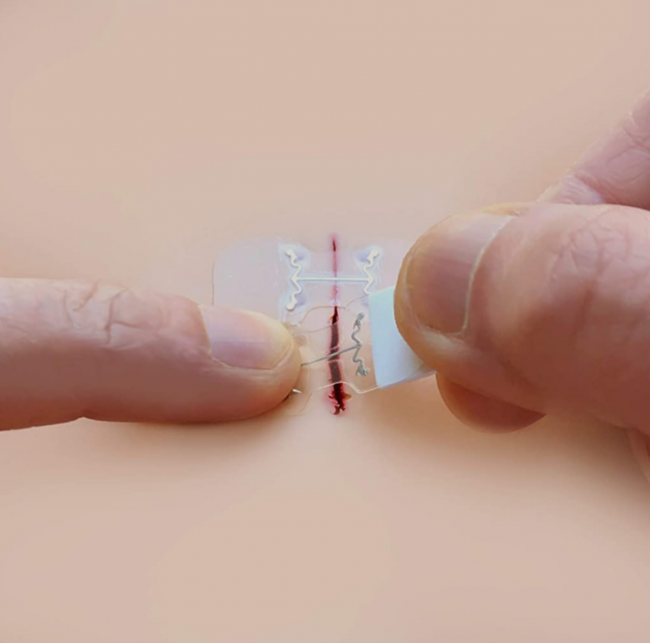How to suture or close a wound
Learn the techniques and why forced wound closure is a last resort.
[See the full post at: How to suture or close a wound]-
Comments (4)
-
-
Mike Hill - April 30, 2021
I haven’t heard of the microMend before but have seen something similar called Zip Stitch.
Still an item I need to add something like this to my first aid kit, I’m currently rocking the basic butterfly bandages.
-
-
Cab - November 20, 2023
Be careful closing a wound “in the field”. You have a high risk for trapping bacteria in the wound and significantly increase the infection risk. People have been doing operations for literally thousands of years but prior to Listers identification of “the germ theory” and the development of aseptic technique (sterilized instruments, sterile gloves and attire, very clean operating room), surgery had mortality rates of 50-80%. Almost entirely from infection. Closing a wound improves wound healing time but has a much higher risk for infection.
If you are D.I.Y.ing a major wound it’s either your major preppar incident (EOTWAWKI) has occurred, or you’re an idiot. If you are on a fishing trip and you sew up a major lac with fishing line—you’re an idiot. If it’s some version of “end of the world” then priority should be “not to die”. Leaving the wound open and doing good wound care is a much better, safer option because of the lower infection risk. Your time is better spent learning “Wet to dry” wound care technique.
If health care is gone—ie hospitals and medical clinics are closed/not functioning you/we are in big trouble. Gunshot wounds, stab wounds, major lacerations all suddenly have mortality rates approaching 100% irregardless of how treatable/salvageable they were previously. Without a receiving hospital/trauma center/operating room, if you get shot you’re probably going to die, irregardless of how many tourniquets you have in your ifak kit.
pre 20th century (WW1) routinely more soldiers died of disease than battle trauma. Bad water causing dysentery was more of a risk to kill you than all the cannons, artillery, bullets on the battlefield. In a real “end of the world” situation, blisters on your feet from your never broken in preppar hiking boots or cuts to your fingers from opening cans with you K-bar knife are suddenly major risks to your survival.
1) learn some basic wound care. YouTube “wet to dry” dressing2) clean water, clean water, clean water
3) sanitation/latrine. What is your two week poop plan?
4) body care: turning your underwear inside out is not an adequate plan. Monkey butt and it’s dirty cousin swamp ass can really take the fun out of your end of the world party. In a future where running water is out, taking care of your feet and pits is a real issue. Jungle foot and trench foot are real problems.
-
karlaW - December 1, 2023
Great!
-
- News for the week of 2025-06-16 - 3 days ago
- News for the week of 2025-06-09 - 1 week ago
- News for the week of 2025-06-2 - 2 weeks ago
- News for the week of 2025-05-26 - 3 weeks ago
- News for the week of 2025-05-26 - 3 weeks ago
This forum is heavily moderated to keep things valuable to as many people as possible. Full community policies are here. The basics:
- 1. Be nice to each other.
- 2. Stay focused on prepping.
- 3. Avoid politics, religion, and other arguments.
- 4. No unfounded conspiracies, fake news, etc.
- 5. Debate ideas, not people.
